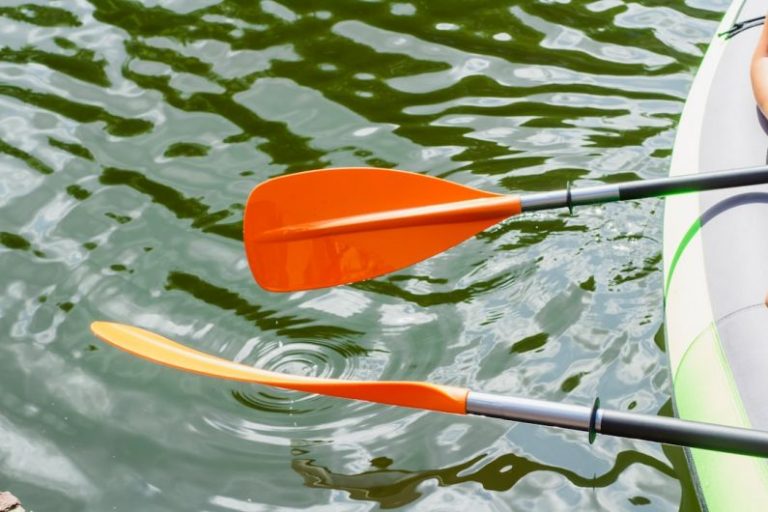
Rowing is an invigorating and challenging sport that offers a great workout while allowing individuals to enjoy the beauty of being out on the water. Whether you are a novice or an experienced rower, water safety should always be a top priority. To ensure a safe and enjoyable rowing experience, it is essential to adhere to certain water safety tips. By following these guidelines, rowers can minimize the risks associated with being out on the water and focus on their performance and enjoyment. Here are some essential water safety tips for rowers to keep in mind.
Understand Weather Conditions
Before heading out for a rowing session, it is crucial to check the weather conditions. Pay attention to weather forecasts and be aware of any potential changes in weather patterns that could affect your time on the water. Strong winds, thunderstorms, or rough waters can pose significant risks to rowers. If the weather conditions seem unfavorable or unsafe, it is best to postpone your rowing session to ensure your safety.
Wear Proper Safety Gear
One of the most fundamental water safety tips for rowers is to wear the appropriate safety gear. A properly fitting life jacket is a crucial piece of equipment that can save your life in the event of an accident or emergency. Ensure that your life jacket is approved by relevant safety authorities and is in good condition. Additionally, wearing brightly colored clothing can make you more visible to other boaters and watercraft, reducing the risk of collisions.
Stay Hydrated
Rowing is a physically demanding sport that can lead to dehydration, especially when performed under the sun. Staying hydrated is essential for maintaining optimal performance and preventing heat-related illnesses. Bring an adequate supply of water with you when rowing and take regular breaks to rehydrate. Avoid consuming sugary or caffeinated beverages, as they can contribute to dehydration.
Know the Waterbody
Familiarize yourself with the waterbody where you will be rowing. Be aware of any potential hazards, such as rocks, submerged objects, or strong currents. Knowing the layout of the waterbody can help you navigate safely and avoid accidents. If you are rowing in an unfamiliar area, consider seeking guidance from local rowing clubs or experienced rowers who are familiar with the waterbody.
Practice Proper Technique
Proper rowing technique not only improves performance but also reduces the risk of injuries. Ensure that you have received adequate training in rowing technique and practice good form while on the water. Engage your core muscles, maintain a straight back, and use your legs to generate power during each stroke. Avoid overreaching or leaning too far back, as this can strain your muscles and lead to injuries.
Be Mindful of Other Water Users
Rowing often takes place in shared waterways where other water users, such as motorboats, kayakers, and paddleboarders, may be present. It is essential to be mindful of other water users and practice good etiquette while on the water. Yield the right of way when necessary, communicate your intentions clearly, and avoid sudden changes in direction that could surprise or endanger others.
Conclusion: Prioritize Safety on the Water
In conclusion, water safety is paramount for rowers of all levels. By following these essential water safety tips, rowers can enjoy their time on the water while minimizing the risks associated with the sport. Remember to stay informed about weather conditions, wear proper safety gear, stay hydrated, know the waterbody, practice proper technique, and be mindful of other water users. Prioritizing safety on the water ensures a positive rowing experience and helps maintain a safe environment for all water enthusiasts.





